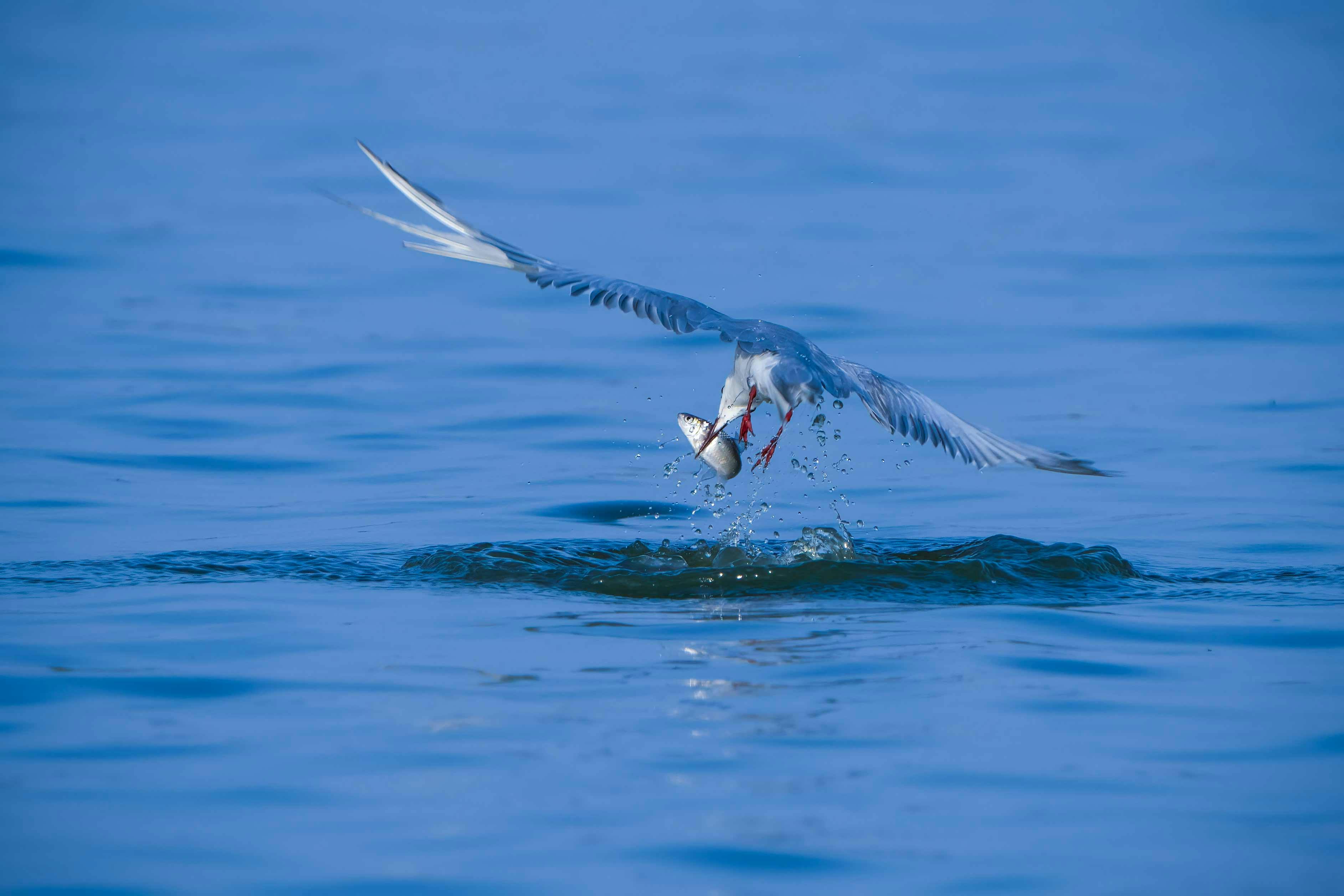Effective Ways to Care for Clown Fish in Freshwater
Caring for clown fish in freshwater environments can be both a rewarding and challenging endeavor. While clownfish are commonly recognized as marine dwellers, certain types have adapted to freshwater conditions, leading to a unique opportunity for aquarium enthusiasts. These vibrant aquatic pets bring a splash of color and lively behavior to any home aquarium, making them desirable for both beginners and experienced fish keepers. Understanding the essential requirements of clownfish care helps ensure their health and longevity. This article explores everything from their habitat needs and ideal water conditions to feeding habits and breeding practices, equipping you with a comprehensive roadmap for successful clownfish ownership.
By the end of this guide, you will have a clear understanding of how to create an inviting setup for your freshwater clownfish, maintain optimal water quality, and address potential health issues. Additionally, interactions with other species and proper feeding techniques will be discussed. Whether you are setting up your first tank or are looking to refine your care routine, the following sections aim to enhance your clownfish keeping experience.
Creating the Ideal Freshwater Clownfish Habitat
Building a suitable habitat for clownfish begins with selecting the right tank size and decor. Clownfish are semi-aggressive and require ample space to establish territories. An aquarium of at least 30 gallons is recommended for a small community of clownfish to thrive. This tank size allows for water stability and provides room for swimming and hiding spots.
Using gravel substrate alongside live plants enhances the natural environment suited for clownfish. Plants not only provide hiding places but also contribute to water quality by filtering toxins. Additionally, incorporating rocks and driftwood can create strategic territories, which is critical in reducing territorial disputes among clownfish.
Water conditions play a vital role in the health of your clownfish. Maintaining a stable temperature between 75°F and 82°F is crucial. Utilizing efficient filtration systems keeps the tank clean while preserving water quality. Regular testing for ammonia, nitrite, and nitrate levels ensures a safe living environment, essential for the well-being of both clownfish and their tankmates.
Understanding Clownfish Behavior
Clownfish exhibit fascinating behaviors that demonstrate their adaptability and social complexity. Often seen swimming playfully around their anemone hosts, clownfish develop a symbiotic relationship, offering protection to the anemone while gaining shelter. Observing the social hierarchy among clownfish can also provide insight into their interactions, including dominant and submissive roles within a tank.
When introducing new clownfish to an existing tank, it’s essential to monitor their social dynamics as aggression can arise. To reduce stress and conflict, consider employing ratio strategies such as keeping an established clownfish with one or two newer individuals. This balance helps maintain peace and stability within the community.
Feeding Techniques for Healthy Clownfish
Feeding clownfish properly is essential for their health and vibrancy. Their diet primarily consists of high-quality pellets, flakes, and live foods such as brine shrimp or bloodworms. Mixing their diet with frozen food can also stimulate feeding responses while providing varied nutrition.
Regular feeding should occur at least twice a day in small amounts to prevent overfeeding and maintain water quality. Observing how clownfish interact with their food can help gauge their health; feeding should be enthusiastic and competitive among multiple fish. Any signs of stress or disinterest in feeding might indicate potential health issues that warrant immediate attention.
Maintaining Water Quality for Clownfish
Optimal water quality is crucial in sustaining the overall health of freshwater clownfish. Regularly check water parameters, including pH, hardness, and nitrate levels, to ensure a perfect balance. The ideal pH level for clownfish generally ranges from 6.5 to 8.0. Keeping water clean through consistent filtration and regular water changes—of about 20% weekly—will help in the prevention of diseases.
Investing in a high-quality aquarium filter can assist in maintaining water clarity and reducing waste build-up. Additionally, implementing a reliable algae control strategy will keep the aquarium visually appealing while also affecting water chemistry positively.
Effective Clownfish Breeding Practices
Breeding clownfish can be a thrilling aspect of aquarium care. It typically requires more stringent conditions than the standard care. First, ensure you have a mature pair that exhibits courtship behaviors, indicating they are ready to breed. The temperature should be monitored closely, maintaining warmth to encourage spawning, as clownfish are stimulated by warmer water.
Creating a small secluded area in the aquarium will encourage the female to lay eggs. An anemone host is highly beneficial, but any flat surface will suffice. Clownfish eggs are often laid in clusters and require careful observation, as parents will guard them against potential threats.
Once the eggs hatch, the fry should be fed with infusoria or specially formulated fry food until they are large enough to consume crushed flakes or pellets. Follow through with consistent water quality checks during this sensitive period to reduce the risk of disease.
Recognizing and Managing Clownfish Health Issues
Even with the best care, clownfish can face health challenges that aquarium owners must recognize and address promptly. Common health issues include ich, fin rot, and swim bladder disease. Identifying symptoms, such as lethargy, loss of appetite, or visible lesions, is the first step in managing potential diseases.
To prevent the escalation of health issues, ensure that the tank is adequately cycled before adding new fish. Quarantine any new arrivals, and monitor established fish for unusual behaviors or changes in appearance. Regular maintenance plays a vital role in promoting healthy clownfish; ensure consistent water changes and filtration.
Having a basic understanding of clownfish allergies is also useful. Certain environmental factors, like high ammonia levels or extreme water temperature shifts, can trigger allergic responses leading to stress or illness. Taking preventive measures will help sustain clownfish health over the long term.
```